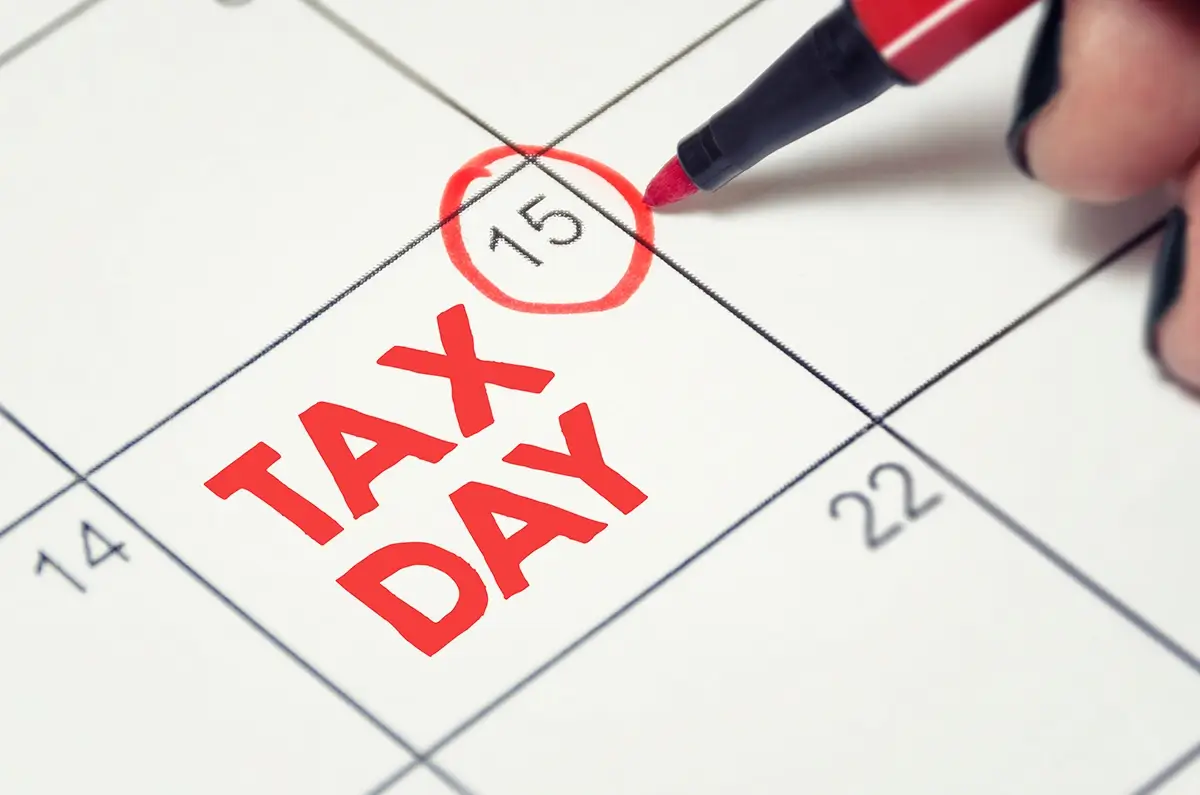When you start your business, one of the first things you should do is open a bank account, separate from the ones you have already established. Having a business checking account that is designed to keep your business finances separate from your personal ones.
Step 1: Choosing an Accounting Method
When setting up your small business accounting system, you need to choose a method of recording all your financial transactions. There are two main methods of recording the income and expenses for your business: the cash basis and the accrual basis of accounting.
Cash-basis
Under the cash-basis accounting method, you record your income and your expenses when cash transactions are done. This means that you record revenue for your product or service only when the customer pays you for the product or service.
Accrual basis
While cash basis may be a simpler method to use, most businesses choose to go the route of accrual basis accounting for recording their transactions. Under the accrual basis method, you record income when you make a sale and record your expenses when you incur them. Regardless of whether you received or paid cash for the product or service. With this method you must use a double-entry accounting system and record two entries for every transaction.
Step 2: Record Transactions
As a small business owner, you have the option of hiring an accountant or bookkeeper to help you, you can choose to record transactions by hand or by using an accounting software to record your business transactions.
Step 3: Compile a Chart of Accounts
This is a critical step in keeping your business finances organized. A chart of accounts will list all your business transactions and is used to compile needed statements, review your progress and locate transactions. These charts must be updated often to include various business transactions, the longer you wait to enter the info, the more unorganized your books are and the possibility of something being overlooked is.
Step 4: Determine your Payment/Receivable Terms
Depending on the nature of your business, you might decide to offer credit terms to customers. Instead of collecting payments at the point of sale, you may choose to invoice them at a later date. If you decide to extend credit to customers, you will need consistent terms and a system of creating and sending invoices to them, as well as tracking the status of payments.
There are several software systems available, and we are happy to help you look at the best option for your small business accounting set-up.











